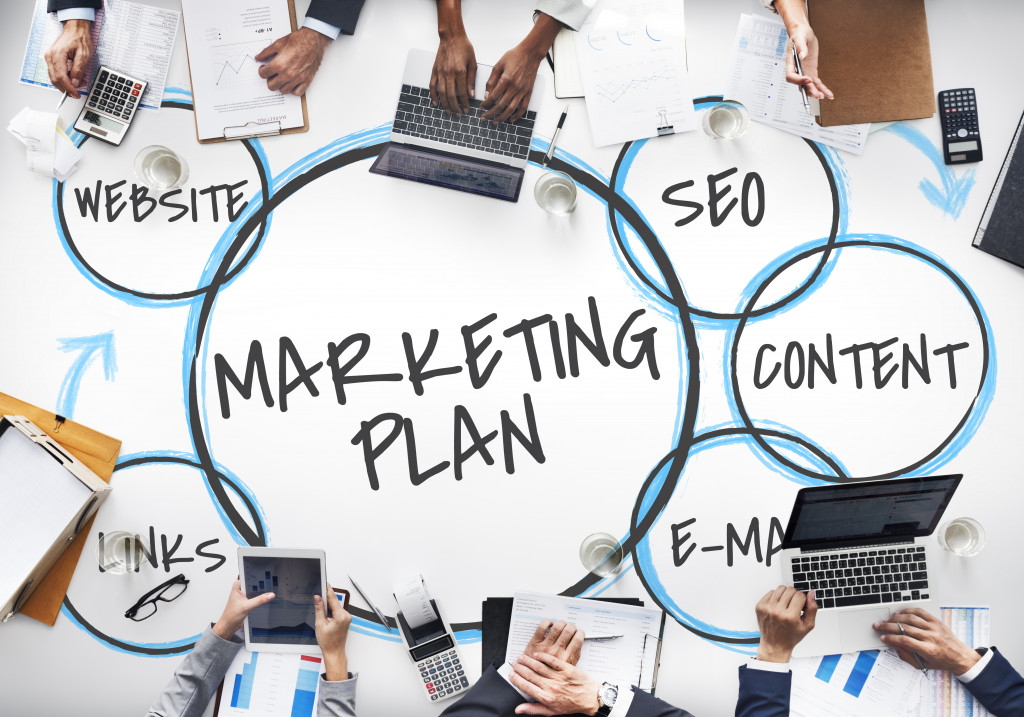B2B, or business-to-business, has key differences with B2C, or business-to-consumer. When your clients are businesses instead of individuals, your marketing strategies should focus on your product’s or service’s ability to save the business time and money. On the other hand, when you’re selling to consumers or individuals, you’d tend to stress the benefits of the product or service, such as how it’d make their lives easier or solve their problems.
On the surface, there doesn’t seem to be any differences at all. Of course, businesses would seek products and services that’ll ease their operations and reduce their problems, so why would a B2C strategy be ineffective for them?
The differences lie more on the consumers rather than the marketing strategies. Businesses are more concerned with return on investment, whereas individuals are more driven by emotion.
That said, here are possible effects of the B2C marketing strategies you’re possibly considering for your B2B business:

1. Problem-focused Approach
B2C companies catch the attention of their market by making them conscious about their problems. For instance, a skincare brand would advertise an acne-fighting product by portraying a character who feels insecure about their skin. But when they discover the product that’ll help them, it isn’t just their skin that’ll improve, but also their confidence and self-image. Sometimes, they’d end up winning the affection of their love interest, too.
Ads like this usually emphasize a problem and show the solution beyond what the product offers. In reality, skincare products won’t cause their users to find romance. But making consumers believe that it would tugs at their emotions, pushing them to buy.
Now, do you imagine appealing to a business entity this way? A company may have several problems, but seeing that they aren’t anything personal, tugging at their heartstrings is a waste of time, money, and energy.
2. Social Media
The first site that comes to mind whenever you hear social media is often Facebook. But B2B businesses won’t likely reach their goals from that social networking site, despite it being the most widely used.
B2Bs should leverage LinkedIn; instead, the hub of professionals and business executives. But Facebook, Instagram, and Twitter aren’t totally off-limits for you, either. Those sites may not generate you enough leads, but your presence in those social networks still has the potential to reach your business consumers. The key is to make your content match the dynamics of the specific site you’re using.
3. Attracting Attention
B2C’s main goal is to attract attention. Using the skincare ad as an example once more, they’d portray realistic, everyday problems to win the notice of their market and ultimately make a sale. This isn’t entirely ineffective for B2Bs, though. Only instead of attracting attention, you should also build a personal relationship and establish trust.
For instance, a B2B company that provides lead generation services won’t just pass a client and expect a call from them shortly after. Instead, they may set up an appointment with the prospective client and explain how the service would save time, money, resources, and potential ROI. If the business consumer finds that the service is exactly what they need, they’d make the investment and stay connected with the provider when they wish to conduct business with them again.
4. Triggering Impulse Buying
B2C companies generate sales through price perception and quality. As such, when a popular fashion brand announces a sale, a throng of customers is expected to swarm the stores and hoard multiple garments. On the other hand, B2B companies make a sale through professional or personal connections. Business consumers are more likely to buy from someone they personally know and trust. Therefore, when they need the product or service provided for them by the B2B business, they’d immediately arrange a purchase.
5. Interaction
B2C companies interact with their market through social media, e-commerce sites, or sales associates. They deal with individuals who make purchasing decisions. B2B companies, on the other hand, face a specific team or department of a company. They’d perform product or service demos to make their prospective client understand the value of their investment, should they make it.
Pointers for Using B2C Strategies for Your B2B Business
Depending on your target market, certain B2C strategies may work in your B2B business. But before using any, research your audience first, ensuring that they’re the type who would entertain a B2C marketing spiel.
Make a plan outlining exactly how your B2B strategy will benefit your B2B business. Include why your chosen strategies align with your goals and how you’d roll out your plan to your consumers.
Once the plan is ready for acting out, start with baby steps to test the waters. You can begin by changing your tone with your customers, such as redesigning your website with emotion-evoking colors. These minor movements can make a significant difference in how your business consumers would perceive your company.
Most importantly, give your strategies time to bear fruit. It’s unrealistic to expect dramatic success within a short period. Since business consumers aren’t usually emotionally-driven, converting them into such would really take a lot of work.

